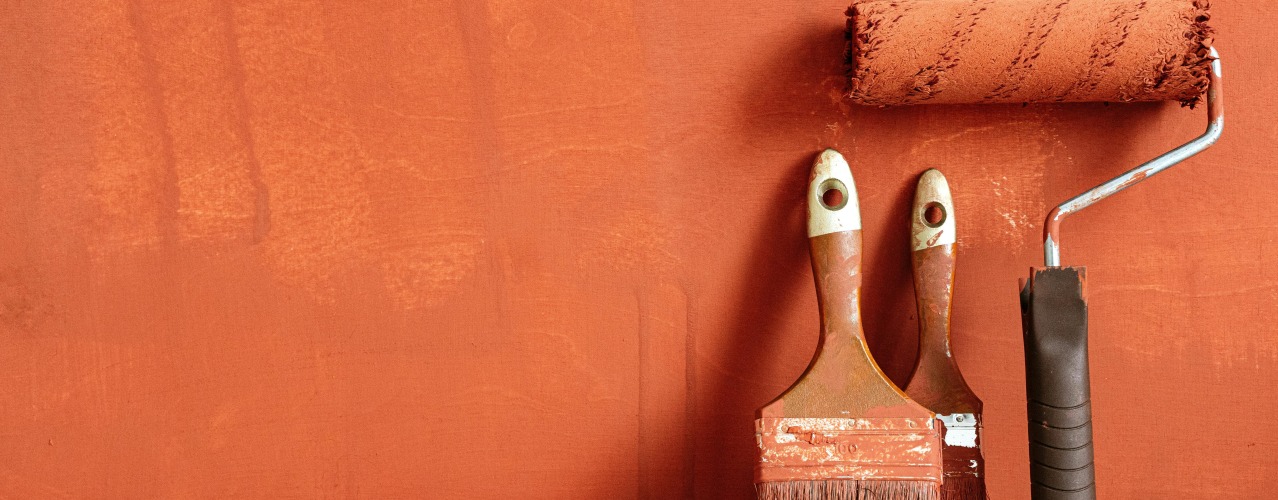

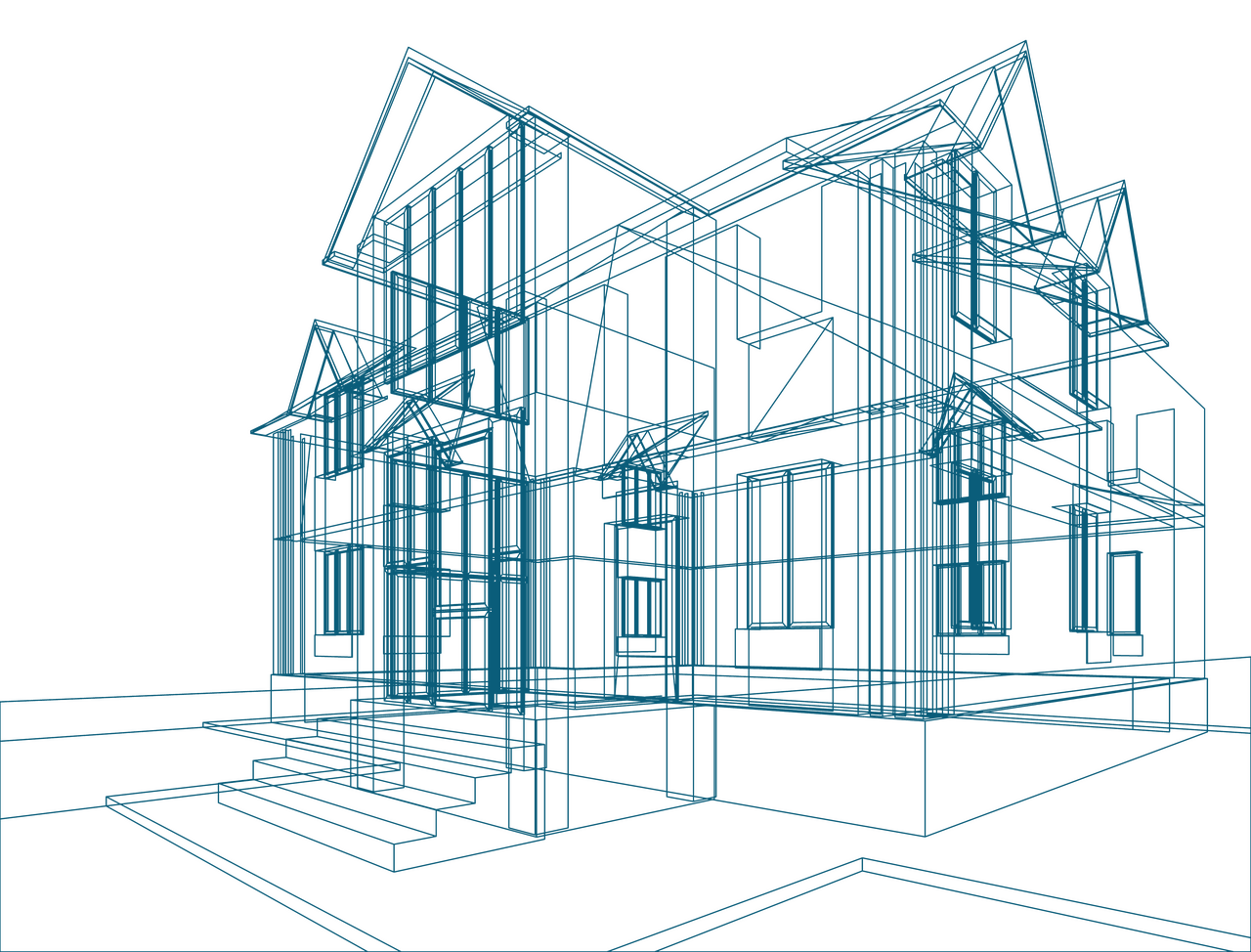
Market report
Private labels vs. Branded products in Home Improvement market
Stay informed on the latest trends in the European home improvement market with insights from USP Research's European Home Improvement Monitor. Access market reports and valuable data to guide your business decisions.
Blogs I published 16 October 2024 I Dirk Hoogenboom
Home Improvement Brands and Private Labels vs. A-Brands
Home improvement projects are a bit of a mixed bag. On the one hand, there’s a certain satisfaction to making your home homier. Getting there, on the other, is a whole other matter. Think staying on budget, DIY-mishaps, or, quite simply, endless options at the hardware store. Choosing the right product for your current projects is sometimes easier said than done.
Most of us have trusted big-name brands: the ones we recognize, those that have been around forever and the ones that make us feel like we’re getting good quality. But over the last 20 years or so, things have changed. Private labels – store brands that are often cheaper – are popping up all over home improvement stores. They’re tempting, especially if you’re on a budget. But are they really as good as big-name brands? And what does this shift mean for how we shop? Let’s break down the differences between A-brands and private labels, and explore what they mean for your next project.
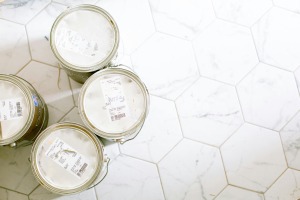

Why is Branding Important?
When it comes to home improvement, most of us don’t just grab products off the shelf without doing a little research first. Whether it’s tools, paint or fixtures, we want items that will last and get the job done right. This is where strong branding comes into play – it gives us the reassurance that we’re making the right choice. Here’s why that matters.
Standing Out is Tough
New products hit the market all the time, and features that were once unique get copied by competitors in no time. It’s becoming harder for any product to truly stand out based on what it does alone. But a recognizable brand helps customers remember your product.
Price Matters More Than Ever
Home improvement projects add up quickly, so many shoppers are on the lookout for affordable options. Price sensitivity in branding is a delicate balancing act, but helps consumers either feel good about spending a little more for quality and reliability or come to terms with shorter-use, budget-friendly options.
Private Labels Are Closing In
Store brands aren’t what they used to be – they’ve stepped up their game. They offer decent quality at lower prices, making it harder for A-brands to justify their cost based on features alone. While a strong brand name still carries weight, consumers see less and less value in A-brands in and of themselves.
Online Orientation
With so much information available online, shoppers do their homework before making a purchase: they’ll compare prices, read reviews and weigh out their options. When products seem equal, a strong brand will be a tie-breaker in their decision.
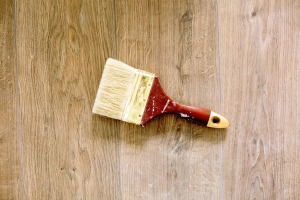

The Evolution of the Home Improvement Market
Walking into a home improvement store used to mean seeing a lot of familiar brand names. A-brands were the big players, the ones that built their reputations on quality and reliability. Whether it was power tools, hardware or paint, you likely gravitated toward the names you knew.
For example, if we look at Europe in 2023, there’s no denying that power tools are synonymous with Bosch, Velux is top-tier for roof windows and Grohe leads in bathroom products. The rise of private labels has shaken things up a bit – there’s a surprising preference in bathroom products for B&Q, a private label, throughout the UK. Nowadays, DIY stores offer their lines of products at much lower prices. They might not have the same name recognition, but often look pretty similar to the big brands while going for a smaller price.
The result? Consumers have developed a more positive opinion towards them, rising from 51% approval in 2022 to 53% in 2023. This holds especially true for Spain and Netherlands, where positive outlooks reach up to 63% and 60% respectively. We see the lowest numbers in Austria, Denmark and Poland, but even there, the divide is close to 50-50 (46%, 48% and 48%), meaning private labels are giving A-brand a run for their money.
Key Trends in Private Labels
The expectancy is that private labels will continue to slowly increase in popularity. There’s a couple of reasons why.
DIYers have always been budget-conscious, but with rising material costs and inflation, consumers are looking for affordable options that won’t break the bank. Next, many private labels now offer improved quality and a higher level of product development, making them a viable choice for those wanting reliability without the premium price tag. As private labels gained traction, consumers started to trust them more, especially when they came from well-known DIY retailers, who have the advantage of knowing what sells well and why. By analyzing sales data and using it to fill in potential gaps – much like Amazon does – they can refine and optimize their private label offerings to better meet customer needs.


The Outlook
So, where is this all headed? Currently, we see that both A-brands and private labels have their place in the home improvement market. Polish and Spanish consumers show a higher preference for A-brands (50% and 48% respectively), while France and Austria have a higher home-brand rate (44% and 47%).
For specific products, some categories remain dominated by A-brands, such as boilers, paint, locks, roof windows, and security cameras. Meanwhile, garden tools, plugs, duct tape, masking tape, brushes and rollers tend to lean towards private labels. Another factor influencing brand choice is whether the product is bought online; overall, there’s a higher preference for A-brands in online purchases (39% overall, with Poland and the UK leading at 52% and 48%). Here’s what this means.
A-Brands Aren’t Going Anywhere
Even with the rise of private labels, A-brands will continue to make up a sizable portion of the market because of a strong reputation for quality. The competition will keep heating up, and both will need to adapt to meet changing consumer needs.
Private Labels Will Keep Growing
As consumers become more price-conscious, and quality of features continues to advance, private label popularity will also continue to grow. We’re also seeing A-brands launch their own private labels to have two pricing strategies in the same place.
Mid-Tier Brands Could Struggle
Brands that fall in the middle – neither as premium as A-brands nor as cheap as private labels – may have a harder time finding their footing as consumers lean towards either the high or low ends of the spectrum.
Conclusion
In the world of home improvement, the choice between A-brands and private labels used to come down to what you value most: quality or cost. A-brands offered peace of mind with their long-standing reputations, but with private labels becoming increasingly attractive thanks to their affordability and improving quality, the choice isn’t as clear-cut anymore. With Europe striking a balance between both ends, it’s important to keep track of market movements in order to follow further developments.
As the DIY world keeps shifting, it’s good to stay in the loop. If you’re looking for more tips or just want to get on top of key information, check out our webinars and blogs. We’re here to help!
Home Improvement Consulting Services for You
We provide tailor-made market research and off-the-shelf reports, both B2B & B2C, qualitative and quantitative. Here are some you might be interested in
Monitor and improve client relationships to drive loyalty and repeat business in construction.
Map out key interactions and pain points to refine the overall construction experience.
Identify the aspects of service or product that most impact satisfaction in construction projects.

Read more
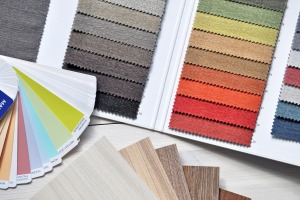

14 April 2025 I Dirk Hoogenboom
Why Market Research Goes Far in Home Improvement


17 March 2025 I Dirk Hoogenboom
The State of Home Improvement: Key Trends and Market Insights

12 March 2025 I Dirk Hoogenboom
Energy-Efficient Homes – Trends for the Future
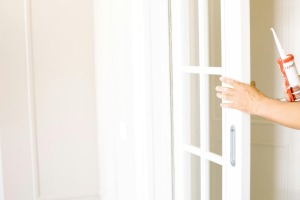

16 January 2025 I Dirk Hoogenboom
Adhesives and Sealants Market Trends for 2025

Fresh Insights Await
Our relevant reports
Delve into the newest findings across various market segments, crafted for a cutting-edge overview. Explore our insightful reports, brimming with up-to-date data, trend analyses, and in-depth examinations, all tailored to provide you with a comprehensive understanding of the current market dynamics.
Construction
Home Improvement
Installation
Special reports
Construction
Smart Materials and Buildings Q4 2024
2024 85 pages
Explore the evolving future in construction sector among European architects in Q4 2024. Delve into the factors driving material preferences and the impact on construction aesthetics and sustainability.
2,000 Euro
Construction
Digitalisation and BIM H2 2024
2025 64 pages
Uncover the preferred purchase channels of contractors in H2 2024, and understand how purchasing behaviors evolved. This report provides insights into the factors influencing purchasing decisions among contractors.
6,000 Euro
Construction
Decision making process Q3 2024
2024 87 pages
Unveil the decision-making processes in the construction industry through the lens of European architects. Discover the factors that influence crucial decisions and the interplay among different stakeholders.
2,000 Euro
Construction
Prefab H1 2024
2024 63 pages
Discover the adoption rate and benefits of prefabrication technology among European contractors in H1 2024. Understand the driving forces behind prefab usage and its impact on project efficiency and cost-saving.
6,000 Euro
Construction
Future of construction Q2 2024
2024 82 pages
Explore the evolving future in construction sector among European architects in Q2 2024. Delve into the factors driving material preferences and the impact on construction aesthetics and sustainability.
2,000 Euro
Construction
Sustainability 2024
2024 72 pages
Painter Insight Monitor 2024 will focus on understanding the specific needs, preferences, and challenges faced by painters when it comes to sustainable products.
11,000 Euro
Home Improvement
DIY vs DIFM Q4 2024
2025 76 pages
Explore the prevailing trends between DIY and DIFM in Q4 2024. Understand consumer preferences and the factors influencing their choice between DIY and DIFM.
3,500 Euros
Home Improvement
Branding Q3 2024
2024 74 pages
Discover the power of branding in the home improvement sector. Explore how strong branding influences consumer preferences and purchase decisions.
3,500 Euro
Home Improvement
European Garden Monitor
2023 43 pages
Explore the European Garden Monitor, a comprehensive platform dedicated to garden health monitoring in Europe. Access valuable resources and expert advice today.
12,000 Euro
Home Improvement
Purchase channels Q2 2024
2024 90 pages
The European Home Improvement Monitor offers valuable insights on purchase channels in the European home improvement industry, examining the evolving preferences and behaviors of consumers across traditional retail and emerging online platforms.
3,500 Euro
Home Improvement
Sustainability Q1 2024
2024 81 pages
Delve into sustainability trends in the home improvement sector in Q1 2024. Discover consumer preferences and the shift towards eco-friendly home improvement solutions.
3,500 Euro
Home Improvement
DIY versus DIFM Q4 2021
2024 113 pages
This report is a must-have if you’re in the home improvement industry. It provides a wealth of information on the behaviour of DIY and DIFM consumers, their motivations, and the factors that influence their purchasing decisions.
3,150 Euro
Installation
Training needs Q1 2025
2025 100 pages
This report offers an overview of installers’ habits and preferences concerning their education. Furthermore, the report encompasses the pervasive challenge of workforce shortage and explores the sector’s strategies for resolving this issue.
3,250 Euro
Installation
Media orientation Q4 2024
2025 128 pages
The European Mechanical Installation Monitor report provides a detailed analysis of the plumbing and HVAC industry. This report specifically focuses on Media Orientation in the industry.
2,800 Euro
Installation
Services in the installation sector Q4 2024
2025 102 pages
This report provides a comprehensive view of the installer's requirements for services from manufacturers. Within the report, you will find information on the most needed services in each category: commercial processes, engineering, products & installation, and repair & maintenance. It also examines the services that installers offer to their customers.
3,250 Euro
Installation
Prefab Q3 2024
2024 110 pages
Uncover the adoption of prefabricated products in HVAC installations during Q2 2022. Delve into the benefits and challenges associated with prefabrication in HVAC.
2,800 Euro
Installation
Prefab Q3 2024
2024 119 pages
This report offers a comprehensive view of the installers’ involvement and needs regarding prefabricated electrical installations.
3,250 Euro
Installation
Smart & Connected Products Q2 2024
2024 120 pages
This report provides a comprehensive view of the attitudes of installers toward smart building solutions, specifically among electrical installers and their clients. In the report, you will find insights into the installers' experiences with installing smart products and the willingness of end users to invest in such solutions, as well as their motivations and pain points.
3,250 Euro
Special reports
European Sustainability Report 2024
2025 51 pages
This report provides in-depth insights based on triangulation of key market information and data as well as data from USP Marketing Consultancy’s key monitors that are carried out year in, year out. The focus of this report is on the most important stakeholders within the construction industry, namely architects, contractors, electrical and HVAC installers within The United Kingdom, The Netherlands, Belgium, Germany, Poland, France, Italy, and Spain.
3,950 Euro
Special reports
European Sustainability Report 2024
2024 51 pages
This report provides in-depth insights based on triangulation of key market information and data as well as data from USP Marketing Consultancy’s key monitors that are carried out year in, year out. The focus of this report is on the most important stakeholders within the construction industry, namely architects, contractors, electrical and HVAC installers within The United Kingdom, The Netherlands, Belgium, Germany, Poland, France, Italy, and Spain.
3,950 Euro









